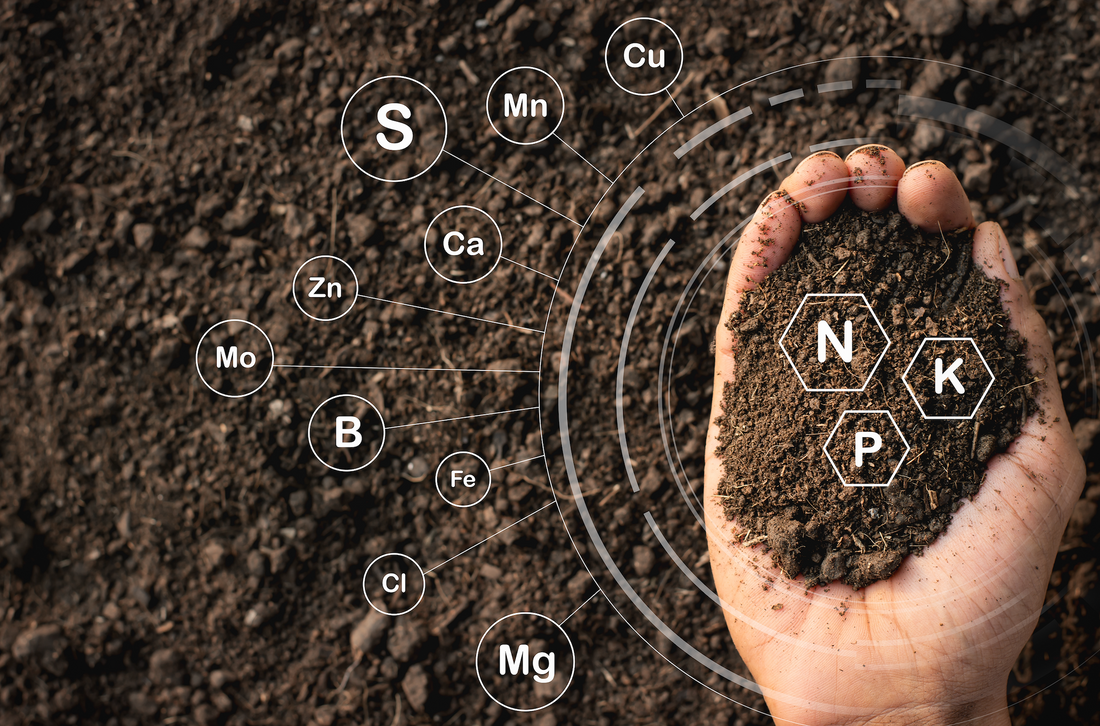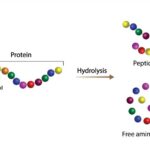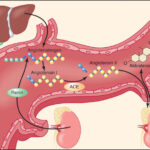🔬 The Big Definition:
Cation Exchange Capacity (CEC) is the total number of cations that a soil can hold, thus serving as a measure of the number of negative charge binding sites. These adsorb (hold) positively charged ions by electrostatic forces following the principle of opposite charges attracting. CEC is an important indicator of soil fertility, nutrient availability, and how soils respond to fertilizers and amendments.
Sorry for that long and complex definition😉😉.
🎯 Let’s Break This Down Simply!
What is CEC in Plain English?
Cation Exchange Capacity (CEC) is a crucial soil property which measures how well a soil can hold and exchange positively charged ions (cations). It’s an important indicator of soil fertility, nutrient availability, and how soils respond to fertilizers and amendments.
Think of soil particles as tiny magnets with negative charges!
- Soil particles = Magnets with negative sides
- Cations = Positively charged nutrients (like Ca²⁺, Mg²⁺, K⁺, NH₄⁺)
- CEC = How many positive nutrients/cations the soil can “grab and hold” to be made available for plant uptake.
It’s usually expressed in centimoles of charge per kilogram of soil (cmol(+)/kg).
🧲 The Magnet Analogy
Imagine you have different types of magnets:
- 🏺 Clay particles = Super strong magnets (HIGH CEC)
- Tiny size = LOTS of negative spots
- Can hold many nutrients
- 🍂 Organic matter (Humus) = Strong magnets (HIGH CEC)
- Acts like a nutrient sponge
- Slowly releases food to plants
- 🏖️ Sand particles = Weak magnets (LOW CEC)
- Large size = FEW negative spots
- Nutrients wash away easily
In magnetic field,
Where you try to draw close two like poles (we have the north and the south pole) of two different magnet, they tend to repel but when you turn one of the magnets around in such a way to a different pole towards the other one, they attract immediately.
In an Electric field,
We have positive (proton) and negative (Electron) charges. One of the laws of Electrical charge says Like charges repel each other while Unlike charges attract.
So in other words,
CEC is the total number of negative charged sites in the soil that can attract or hold positive charge ions(Cations). So the higher the number of negative charged sites, the higher the CEC.
Why it Matters
- Nutrient holding capacity:
- Soils with higher CEC hold more nutrients and release them to plants over time.
- Sandy soils (low CEC) lose nutrients easily through leaching because when leaching occurs, it is usually cations that are washed down the soil profile easily keeping it out of reach for plant roots to adsorb.
- Soil fertility:
- High CEC = better nutrient storage since there are more negative charge that can be exchanged with positively charged ions which could result to higher fertility (if nutrients are present).
- Low CEC soils need frequent fertilizer applications.
- Soil pH buffering:
- High CEC soils resist rapid changes in pH, making them more stable.
- Soil amendments:
- Helps guide lime application to correct soil acidity and fertilizer management
🎮 Interactive Learning Activity
Try This Mental Experiment:
Step 1: Imagine 3 different containers:
- Container A: Filled with tiny clay balls (lots of surface area)
- Container B: Filled with small humus chunks
- Container C: Filled with large sand grains
Step 2: Now pour colored water (representing nutrients) over each:
- Container A (clay): Water sticks everywhere! 💧💧💧
- Container B (humus): Water soaks in like a sponge! 🧽
- Container C (sand): Water runs right through! 💨
Step 3: Shake each container:
- Clay: Nutrients stay attached! ✅
- Humus: Nutrients stay but slowly release! ✅
- Sand: Most nutrients fall out! ❌
Quick Understanding Check
Question: Which soil would need the MOST fertilizer?
A) Clay soil (high CEC)
B) Sandy soil (low CEC)
C) Humus-rich soil (high CEC)
Answer: B) Sandy soil!
Why? Because it can’t hold onto nutrients well – they wash away quickly, so you need to add fertilizer more often.
💡 Real-World Examples
High CEC Soils (The Nutrient Savers)
- Clay soils: Hold nutrients tight, need less fertilizer
- Rich garden soil: Full of organic matter, feeds plants slowly
- Best for: Long-term gardening, reducing fertilizer costs
Low CEC Soils (The Nutrient Losers)
- Sandy beaches: Nutrients wash away with every wave
- Desert sand: Can’t hold water OR nutrients
- Challenge: Need frequent, small fertilizer applications
Factors Affecting CEC
- Soil texture:
- Clay soils → higher CEC (more surface area, more negative charges).
- Sandy soils → lower CEC because of their low surface area
- Soil organic matter: Humus has very high CEC, so soils rich in organic matter hold more nutrients.
- Type of clay: Montmorillonite clays(2:1) → very high CEC while Kaolinite clays(1:1)→ low CEC.
- Soil pH: At higher pH, more negative charges develop on soil colloids → higher CEC.
🔹 Typical CEC Values
- Sands: 1–5 cmol(+)/kg
- Loams: 5–15 cmol(+)/kg
- Clay soils: 15–30 cmol(+)/kg
- Organic soils: 30–100+ cmol(+)/kg
Let’s dive deeper into CEC and its implications.
Managing Soils with Low CEC
- Frequent Fertilizer Applications: Soils with low CEC may require more frequent fertilizer applications to ensure adequate nutrient availability for plant use.
- Organic Matter Amendments: Adding organic matter can help increase CEC and improve nutrient retention.
- Crop Selection: Choosing crops that are tolerant of low CEC soils or have lower nutrient requirements can be beneficial.
Measuring CEC
- Laboratory Analysis: CEC can be measured through laboratory analysis of soil samples.
- Estimation Based on Soil Properties: CEC can also be estimated based on soil texture(amount of clay), organic matter content, and clay type.
CEC and Sustainable Agriculture
- Soil Conservation: Practices like conservation tillage and cover cropping can help maintain or improve CEC.
- Organic Farming: Organic farming practices often focus on building soil organic matter, which can increase CEC.
👉 Striking Simplicity,
CEC tells us how “nutrient-rich” a soil can be and how easily it can store and supply essential cations to plants. High CEC soils are like nutrient “banks,” while low CEC soils need more careful, frequent management.


